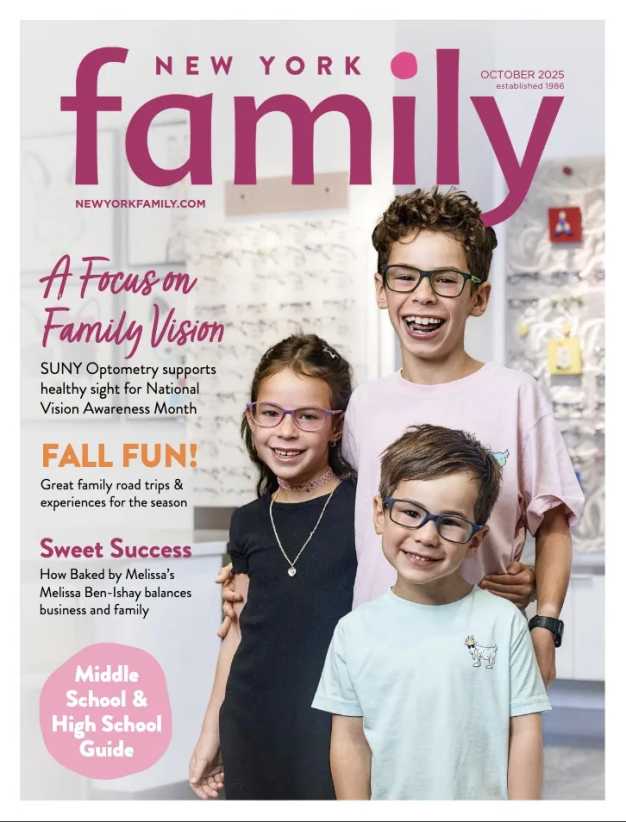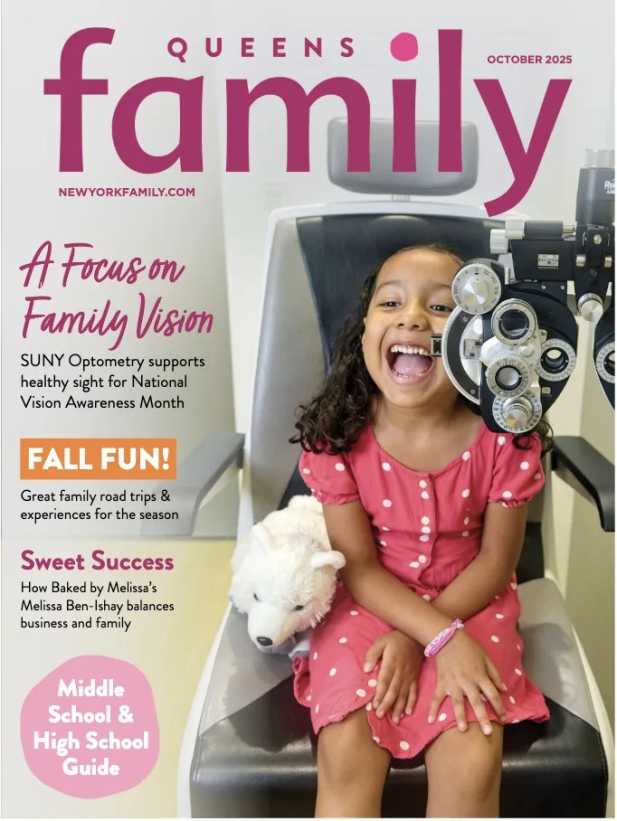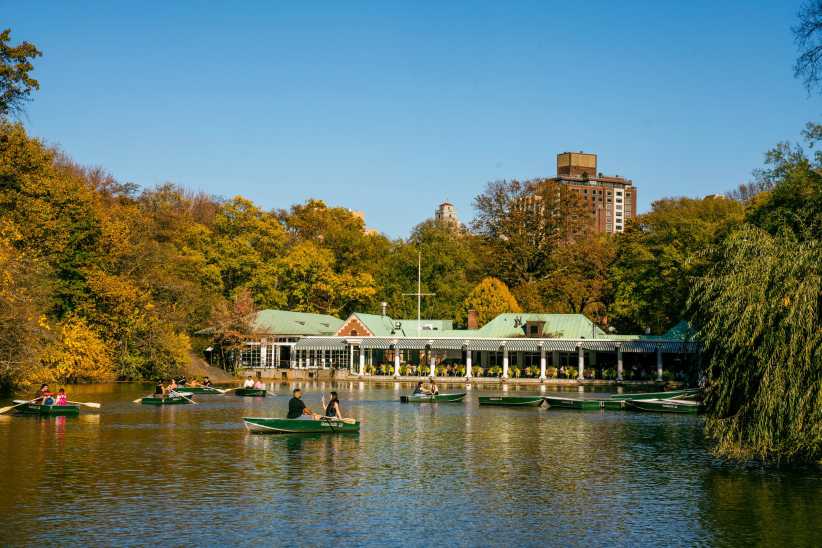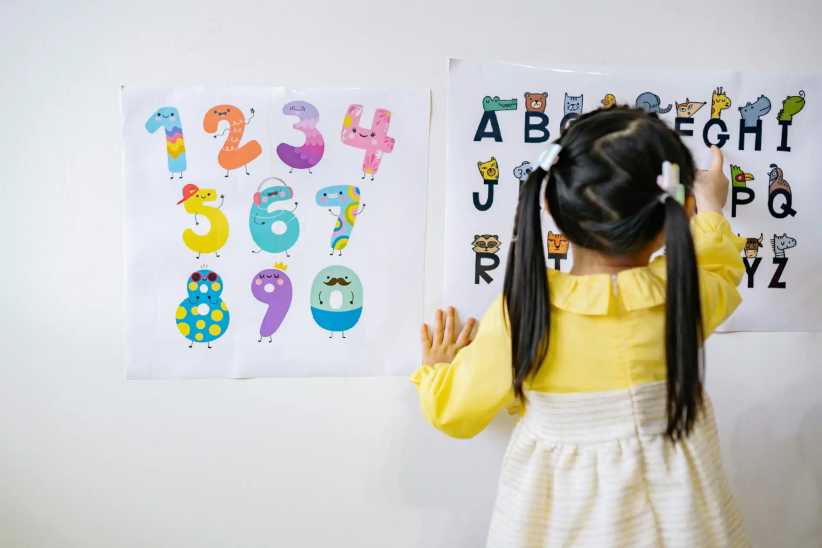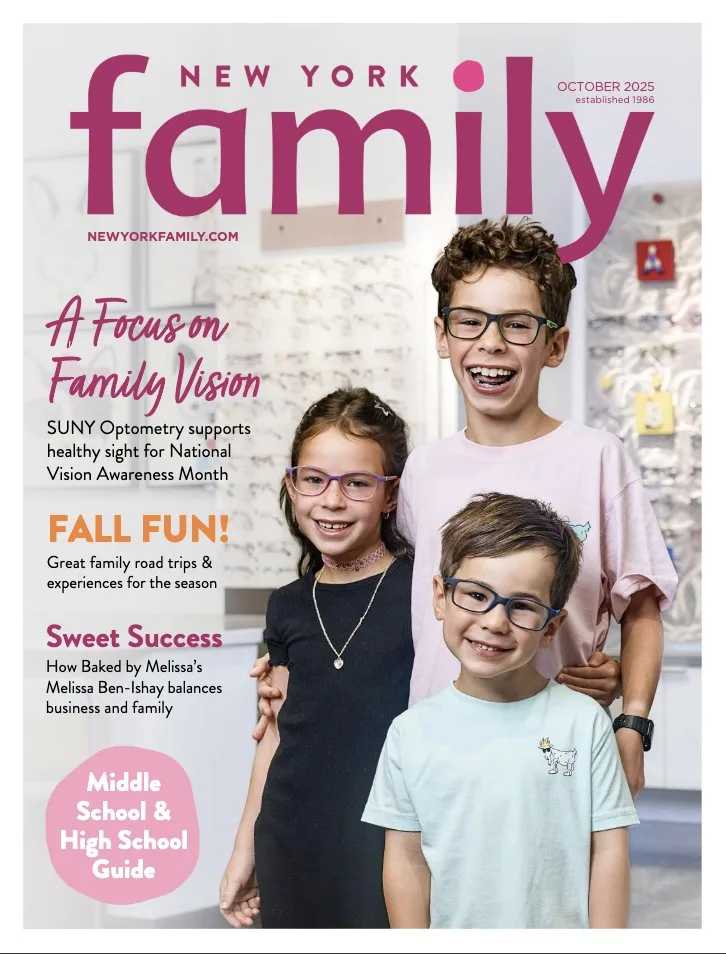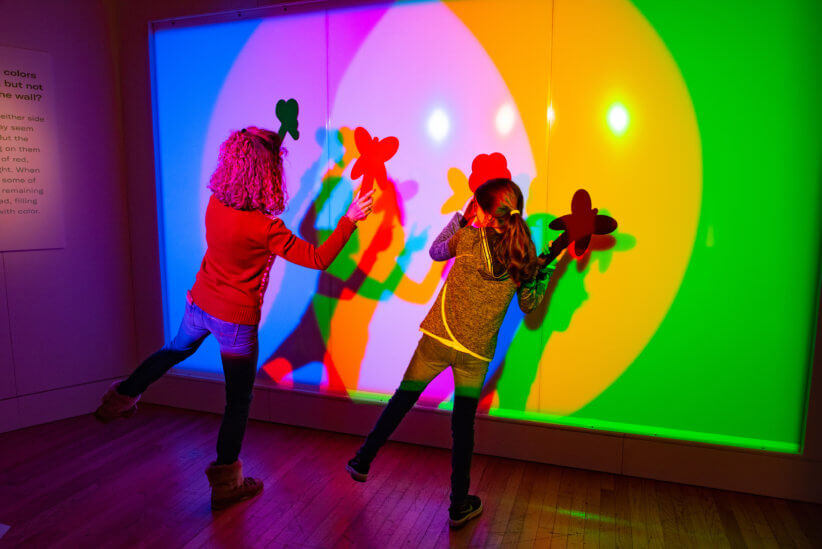
Have you ever wondered where the colors in diamonds and rainbows come from? Or why do some colors make us happy while others make you blue? Well, The Nature of Color exhibition lets visitors explore the role and power that colors make in the natural world, cultures, and in our personal lives.
This new exhibit, which opens its doors to the public on March 9, is part of the American Museum of Natural History’s 150th-anniversary celebration. Visitors get to enjoy an interactive display and learn about the science of color, how colors make us feel, how they are perceived across cultures, the history of color production, and how plants and animals use color to help them survive and reproduce. Museum President Ellen V. Futter said, “Color is all around us, shaping our emotions, our actions, and our surroundings, yet we often take it for granted.” This exhibit will help kids (and parents too) learn more about how color is important in our lives and how we should appreciate color.
All colors come from light and visitors will have the chance to experiment with light by arranging mirrors and filters to make light art, make colored shadows and discover how mixing different colors of light works differently then mixing paint. You will also have a chance to watch an animated video that will take you inside the eye to show you how color vision works.

Colors affect our mood and behavior. Some emotions that we feel when we see a certain color might be different for people that come from other cultures and backgrounds. For example, the color red tends to make students nervous because red ink is used when they make mistakes. However Chinese stockbrokers have good feelings about red because they use that color to indicate gains. In The Nature of Color, you are able to see what different emotions colors evoke by arranging color tiles and sharing their personal reactions to colors on a big screen.
Animals all over the world are a wide range of colors. What some might not know is that the color of an animal helps them survive and reproduce. Visitors will have a chance to see live leaf-tailed geckos and watch them blend in with leaves and tree bark in order to hide from predators. Other species, such as the golden poison frogs that are at the exhibit, use their eye-catching colors to scare off their predators. Learn more about different species and how colors play a big role in their survival, as well as what colors attract certain animals.
Have you ever looked at an object and wondered how it got its color? The color of most objects depends on which color of light they reflect, while other objects have to be painted or dyed. The Nature of Color explores the history of blue pigments using objects from the Museum’s anthropology collection and demonstrates the process of dying indigo fabric.
Colors can have different meanings in different times and places. Visitors will learn how colors can create shared identity and how the color red has had many uses throughout the history of the world. This section includes a diaphanous red chiffon and organza dress that was created for the exhibit by American fashion designer Brandon Maxwell. This dress was the finale of Maxwell’s show, which was hosted by the Museum during New York Fashion Week!
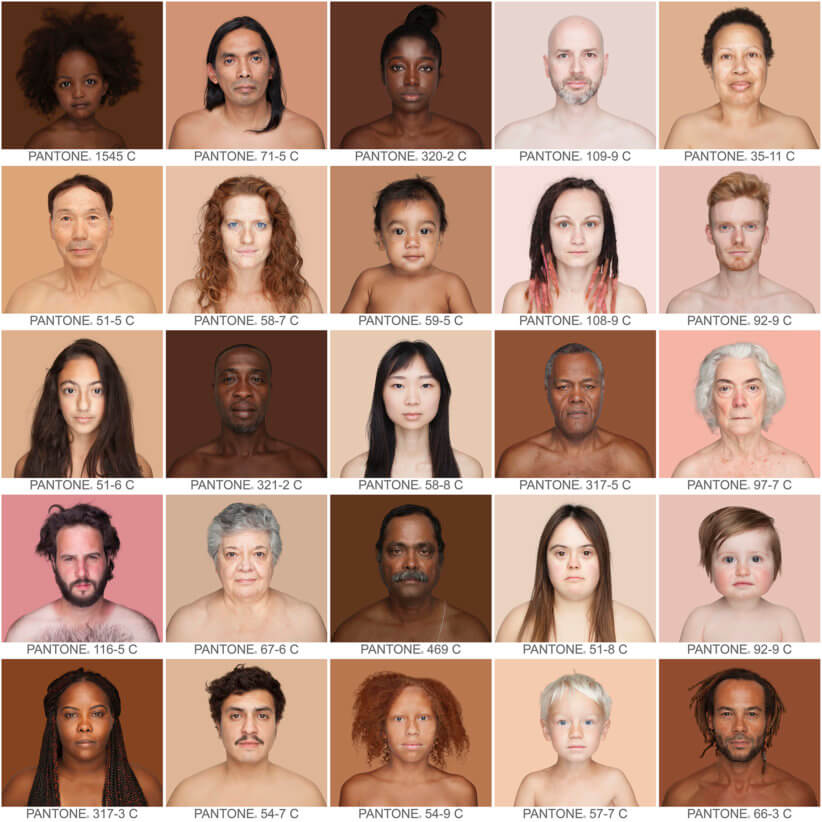
The exhibit will feature an installation of portraits by Brazilian photographer Angelica Dass, whose work showcases the diversity of human skin tones to celebrate the beauty and diversity of humans around the world. This beautiful and symbolic display incorporates more than 4,500 portraits that Dass has captured in 35 cities across 20 countries.
To learn more about the exhibit, visit amnh.org
